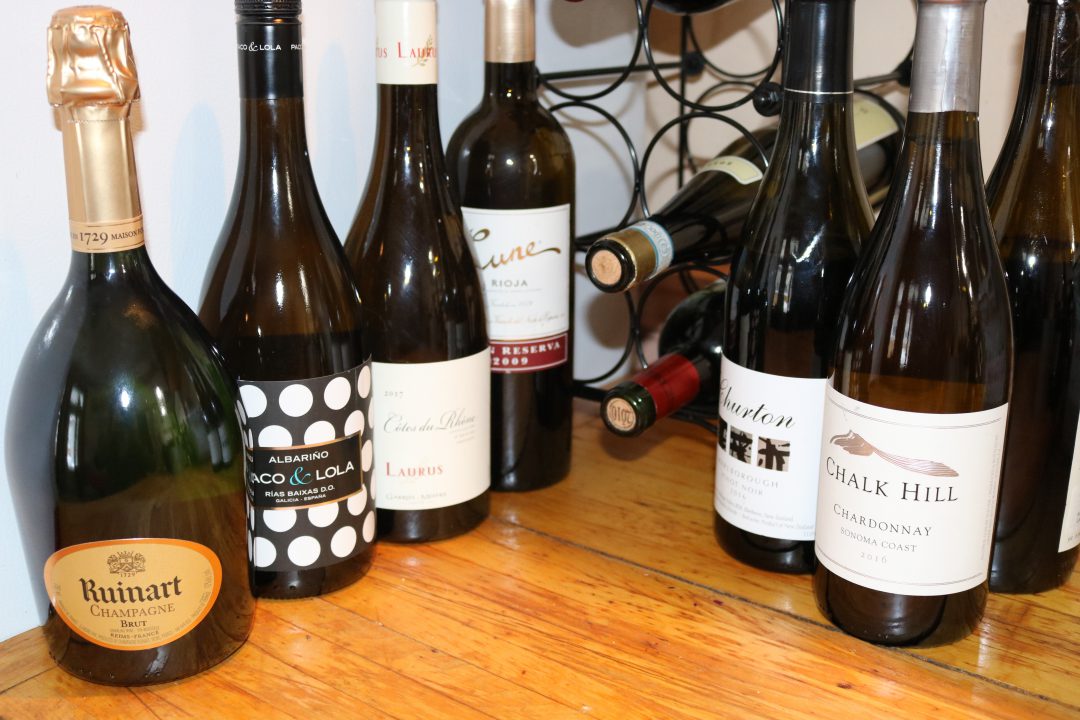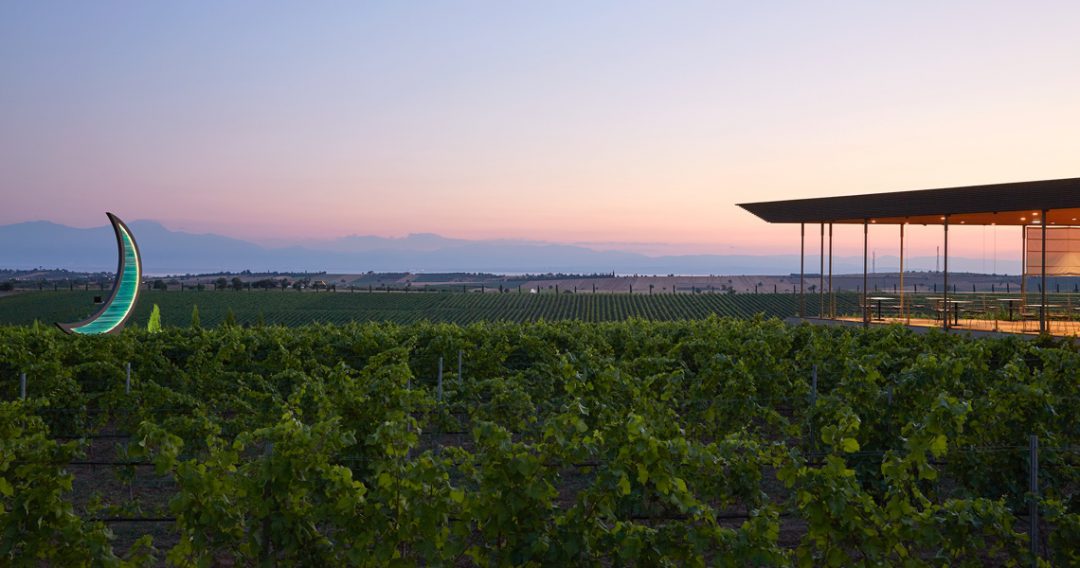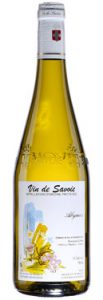The ultimate wine lover’s dream is a large wine cellar – with perfect temperature and humidity conditions – laden with treasures from around the wine producing globe. Unfortunately, not all of us have the space or the budget to make this fantasy a reality. But, if you love to drink wine regularly, and to entertain, it is still nice to have a small stock of “house wines” to avoid last minute rushes to the wine store.
Not sure what to buy? Keep reading!
I recommend having at least one bottle of these seven different styles of house wines on hand. They should cover the majority of wine drinking occasions.
***Side note: I have also made this post into a YouTube video. To watch, just scroll down to the bottom & click play. If you enjoy the video, consider subscribing to my YouTube channel so you never miss an episode of my weekly wine education series.
2 Sparkling Wines (yes, you need two!)
First up, sparkling wine. When I moved to France a number of years ago, I discovered something incredible. Small growers in Champagne were selling excellent non-vintage fizz for 12 – 15 euros! At the time, only the big Champagne houses were making it to the liquor store shelves in Canada, and their basic bubblies were five times more expensive than these little gems. I started drinking Champagne regularly. I always had a cold bottle ready for any piece of good news – big or small. Every little triumph was a reason to drink Champagne. Those were the days…
Back home in Montréal, my budget doesn’t quite extend to weekly bottles of Champagne. This is potentially for the best though, as I have been forced to branch out and discover the wide world of excellent sparkling wines outside of France.
I recommend stocking two types of bubblies for your house wines: a more affordable version for the every-day celebrations, and a finer bottle for the big moments.
For your first bottle, even though you are spending less, you still want something you’d enjoy drinking. I suggest seeking out the higher quality tiers of budget-friendly sparkling wine regions. If you like delicate fruity aromas, soft bubbles, and fresh acidity, try Prosecco at the Superiore DOCG level. If you prefer the more vigorous, firm bubbles of Champagne, with hints of brioche, biscuit-type aromas, go for Cava at the Reserva or Gran Reserva level. Crémant wines, made through out France, will also provide a similar experience.
In terms of your fancier fizz, Champagne is obviously the classic choice. If you want to go all out, look for Vintage Champagne or a Prestige cuvées of a non-vintage wine. Don’t forget however, that really top-drawer sparkling wine is cropping up all over the world – potentially in your own backyard – and drinking local is awesome! Look to England, parts of Canada, Tasmania, Marlborough if you want something with that really racy acidity of Champagne. If you want something a little richer & rounder – try California or South Africa’s top sparkling wines.
To learn more about premium sparkling wines, click here.
An Aperitif-style White Wine
Ok…on to your every-day house wines. I enjoy drinking a glass of white wine while I am cooking supper. I want something fairly light in body, crisp, dry and generally un-oaked at this juncture of the evening; a wine that is easy-drinking on its own and as refreshing as lemonade on a hot day. These are also typically the kinds of wines I would serve at a dinner party as an aperitif, or with light fare such as oysters, grilled white fish, or salads.
An easy go-to white wine grape variety is Sauvignon Blanc (more elegant, restrained styles from Loire, more pungent grassy, passion fruit examples from New Zealand) or dry Riesling (try Alsace, or the Clare and Eden Valleys in Australia). If you would like to try something a little different, look for the zesty, peach-scented, mineral Albarino grape from Spain, the crisp, dry, herbal, lemony Assyrtiko grape grown mainly on the island of Santorini in Greece, or finally firmly structured, brisk, peach/ grapefruit/ earthy Grüner Veltliner from Austria.
A Richer, Fuller-bodied White Wine
If you are cooking poultry, fattier fish, cream-based sauces, or serving soft cheeses, you will need a weightier, more textural white that can stand up to the heavier food. Chardonnay wines, notably those aged in oak, work well here. Be careful however, because Chardonnay runs the gamut from quite lean, citrussy & mineral to very broad, heavy & tropical – check with store staff before buying to make sure you get a style that suits your palate.
Interesting alternatives to Chardonnay include white Rhône Valley blends featuring grapes like Marsanne, Roussanne and Viognier. These can also be found outside of France, with fine examples made in Paso Robles, California and Victoria, Australia. Pinot Gris from Alsace, notably the Grand Cru versions, also have a lovely textural weight, depth, and vibrancy of fruit that will shine in this category.
A Light-bodied Red Wine (or Rosé)
Sadly, not all of your guests are going to love white wine (I know…it is a shock to me too). The perfect host will not be flustered by this set-back. They will simply trade out the white for a crisp rosé, or a light, juicy red wine. Pale, dry rosé works well for pre-dinner drinks. Rosés with deeper colour and more depth, or pale, fresh red wines will marry well with those fleshier fish or poultry dishes.
Pinot Noir, Gamay, and lighter styles of Cabernet Franc are excellent light-bodied red wine grapes. Look for cooler climate origins, as the hotter regions will likely verge into the medium to full bodied category, with more baked fruit flavours and higher alcohol. What you are looking for here is tangy acidity, a delicate structure, and fairly silky tannins.
For a more exotic option, try Etna DOC wines, made from the Nerello Mascalese grape, on the slopes of the famed Mount Etna in Sicily.
An ‘”All-Rounder” Red Wine
Between the delicate, tangy light reds and the big, bold ones, I always think that it is a good idea to have a more versatile red in your house wines arsenal. A wine that is medium in body, fresh (but not overly acidic), subtly fruity, smooth and rounded on the palate. These wines tend to pair with the widest range of foods making them a great option for your every-day fare.
Côtes-du-Rhône red wines (made from a blend of Grenache and Syrah) are a fantastic choice here. If you like the style, but prefer a wine with a touch more body and depth, look for the Villages level of Côtes-du-Rhône. Valpolicella from the Veneto in Italy is also a lovely, fruity option, or – if you like the vanilla, spice flavours of oaked reds – try a Rioja Reserva.
A Full-bodied Red Wine
When you are barbecuing steak, preparing a heartily flavoured stew, or serving pungent, hard cheeses, you need a wine with equally bold flavours. The tannins from these more powerful reds also binds with and softens proteins in meat, intensifying their rich savoury flavours, and in turn, reducing the astringency of the wine.
A wide range of options exist. Classics include Cabernet Sauvignon, Merlot blends (with more vibrant, tart fruited examples from Bordeaux vs. more lush, ultra-ripe fruited versions from the Napa Valley), Malbec and Syrah are also great traditional choices. Looking a little further afield, you could try Portuguese blends from the Douro region, or Grenache, Carignan blends from Priorat region of Spain.
Final Thoughts
In France, the dessert is sometimes accompanied by a sweet wine and it is common practice to offer a digestif (literally a wine/ spirit to help you digest) after the meal. The French really know how to live. Sigh…
There is a vast world of amazing options out there but, for most of us, after-dinner wines tend only to be served on special occasions. Unless space permits, you don’t necessarily need to stock these in advance.
I hope that this helps you a little with your next trip to the wine store. If you have any questions, or comments on any of the wines, write me a comment and I will happily respond.








